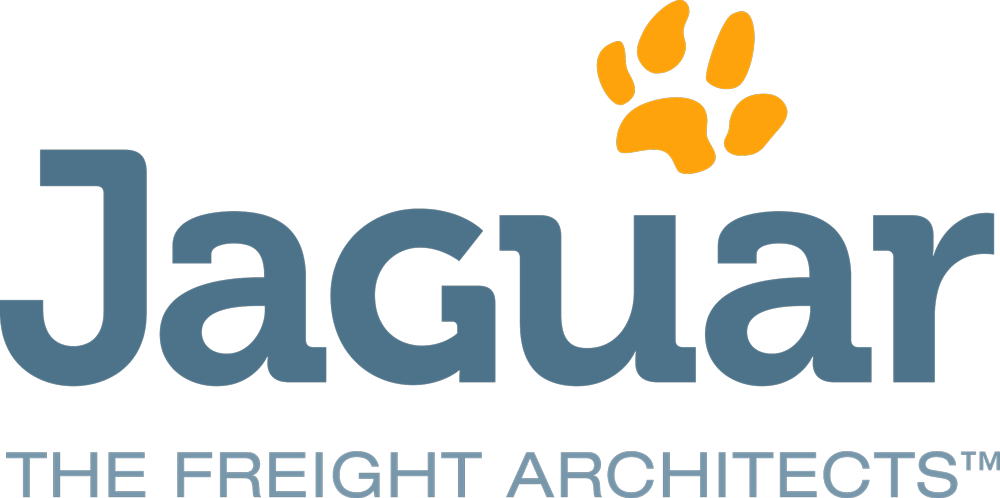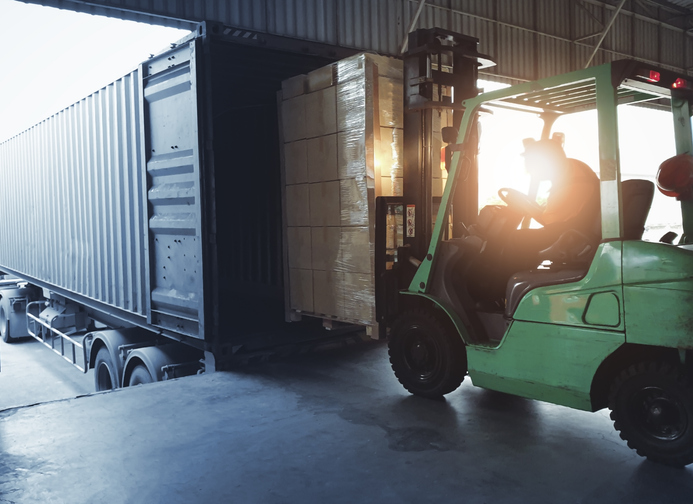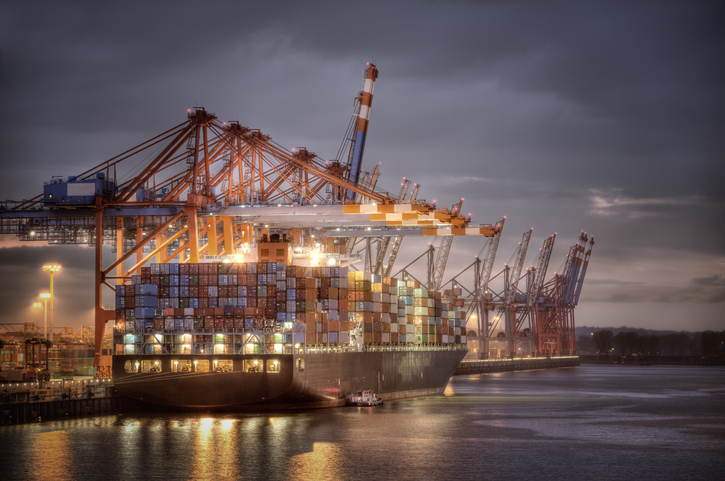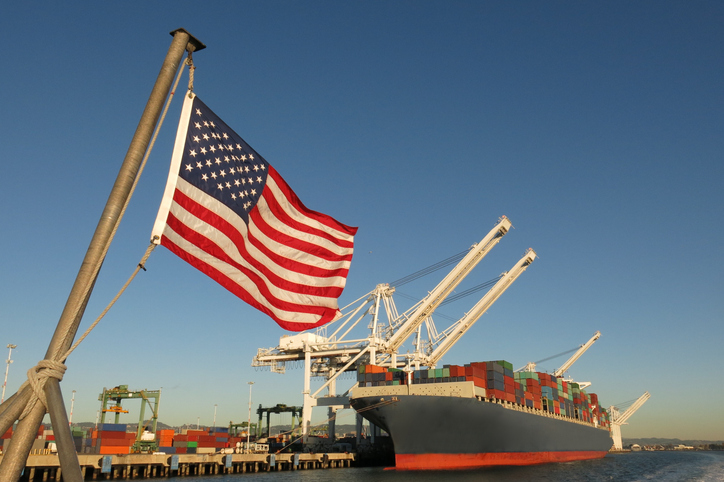
The Weekly Roar
In this week’s Roar: TARIFFS!, new challenges facing customs operations, the PMI for March, AI implementation in the supply chain, and what’s in store for Q2 2025.
The other shoe has dropped. Last week President Trump announced more tariffs that will increase duties on most imports from 10% to 40+% depending on the export country. No one should be surprised by the new tariffs, yet the high-level of uncertainty remains for how supply chains and costs will be impacted. A main purpose of the US tariffs is to return more “strategically vital” manufacturing to the US. A new “baseline” tariff of 10% went into effect on April 5. Another new “reciprocal” tariff goes into effect April 9. Both tariffs are on top of any existing duties for a given country. There are some exclusions listed in the official announcement based on HS codes. This week will likely see responses from many countries. China already responded with a multi-pronged attack, announcing that on April 10 it will hit all US goods with a 34% tariff.
It’s expected that the new tariffs will create a number of challenges for customs operations—what some are calling “a nightmare” or “bureaucratic monster” of new procedures. The newly released 2025 National Trade Estimate Report on Foreign Trade Barriers went through an alphabetical list of trading partners, looking at imposed trade restrictions. Logistically, it will be difficult for Customs to handle the administrative aspect of thousands of tariffs on hundreds of countries. According to an S&P Global executive, the difference is the current tariff lines of a few thousand a day to 750,000 to three million.
The PMI fell to 49% in March, down 1.3%, driven by uncertainty over Trump’s tariffs. New orders dropped to 45.2% as suppliers and customers clashed over price increases, with the ISM warning that tariff concerns were weakening manufacturing. He also added another wrinkle, pointing out that domestic manufacturers may increase prices—meaning that production growth in the US may not reduce costs.
A recent study reveals that 46% of supply chain leaders are implementing AI, primarily in logistics and transportation, with nearly 40% reporting significant improvements and a return on their AI investments. Specifically, AI applications have led to transportation cost reduction
s of 5%-10%, enhanced delivery reliability by up to 20%, and decreased logistics expenses by 15%. And while 78% of executives report they still operate a number of separate systems—for inventory and ordering, for example—companies using integrated AI platforms are seeing an ROI of two to three times higher than those still using separate or isolated solutions.
Jaguar Freight predicts Q2 2025 will see a lot of the same old, same old but in a BIGGER way. This will include challenges brought on by increased uncertainty due to geopolitical tensions, tariffs, and regulatory shifts. Issues like new fees on Chinese-built ships and reciprocal tariffs will add to the instability. Ocean freight is adapting, making major investments in logistics to counter trade disruptions, while domestic trucking struggles with weak consumer spending and labor concerns. And the U.S. Logistics Manager’s Index points to a shift away from just-in-time models.
For the rest of the week’s top shipping news, check out the article highlights below.










